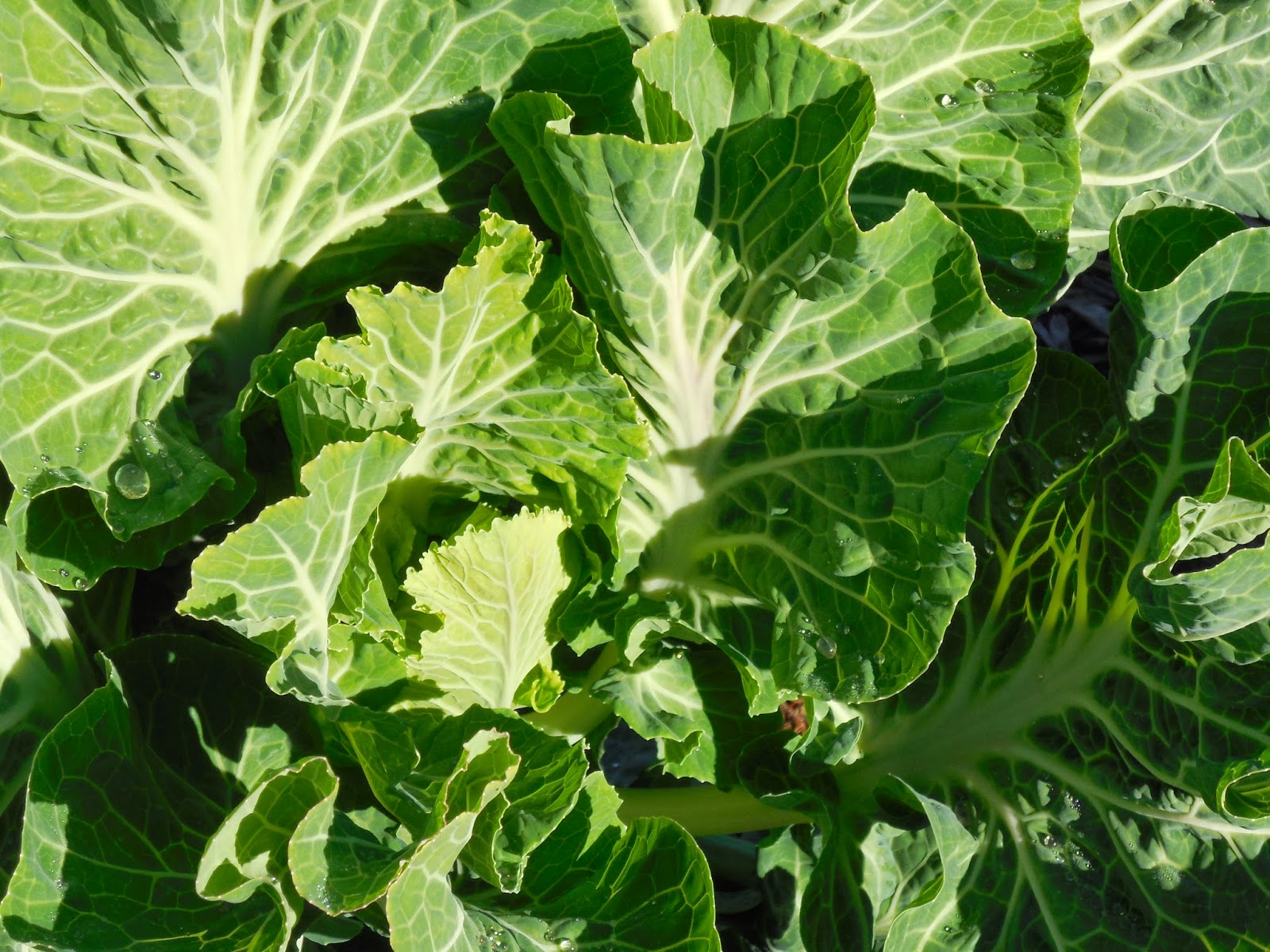For many gardeners, August is a time to relax and enjoy the fruits of their labors. It's too hot to do anything strenuous in the garden. If we've planned well and worked the plan, watering and harvesting should be about all we really have to do. Most of the plants in the garden are ready to take it easy, too after giving us much pleasure through the season, and now a plentiful harvest.
| Crops for a Fall Garden | |
|---|---|
| What to Plant | Days to Maturity |
| Arugula | 40 |
| Beets | 60 |
| Broccoli | 80 |
| Brussels Sprouts | 90 |
| Cabbage | 95 |
| Carrots | 80 |
| Cauliflower | 75 |
| Chard | 55 |
| Kale | 60 |
| Kohlrabi | 60 |
| Lettuce | 50 |
| Mizuna | 45 |
| Mustard | 40 |
| Onions* | 60 |
| Radishes | 30 |
| Rutabagas | 75 |
| Spinach | 45 |
| Tatsoi | 45 |
| Turnips | 50 |
| *Onions for scallions can be planted in late summer or early Fall. Onions and garlic for bulbs should be planted the first week in November for harvest in the Spring. | |
Near the middle of the month, we will be starting our fall crops from seeds for transplant in September and October: broccoli, cabbage, kale, and cauliflower.
We like to begin our cool season garden near the end of September because in our inland valley, some September days can be just as scorching hot as the hottest in August. Better to wait for cooler weather near the middle or end of September to set out the cool season transplants.
This chart shows good candidates for the Fall garden, along with their respective days to maturity (the beginning of harvest). Add to the number of days to maturity another 30 days or so to sprout from seed and to grow to transplant size. In our USDA Zone 9 garden, the first frost comes in mid-December. So we have 90 frost free days from the middle of September until frost. While many of the cool season crop can stand and even enjoy a light frost (kale, cabbage, and spinach taste better after a frost), any on this list can be safely grown and harvested before the frost.
Time to head to the store to get some seeds, seed starting potting mix, and some containers to start in.
































